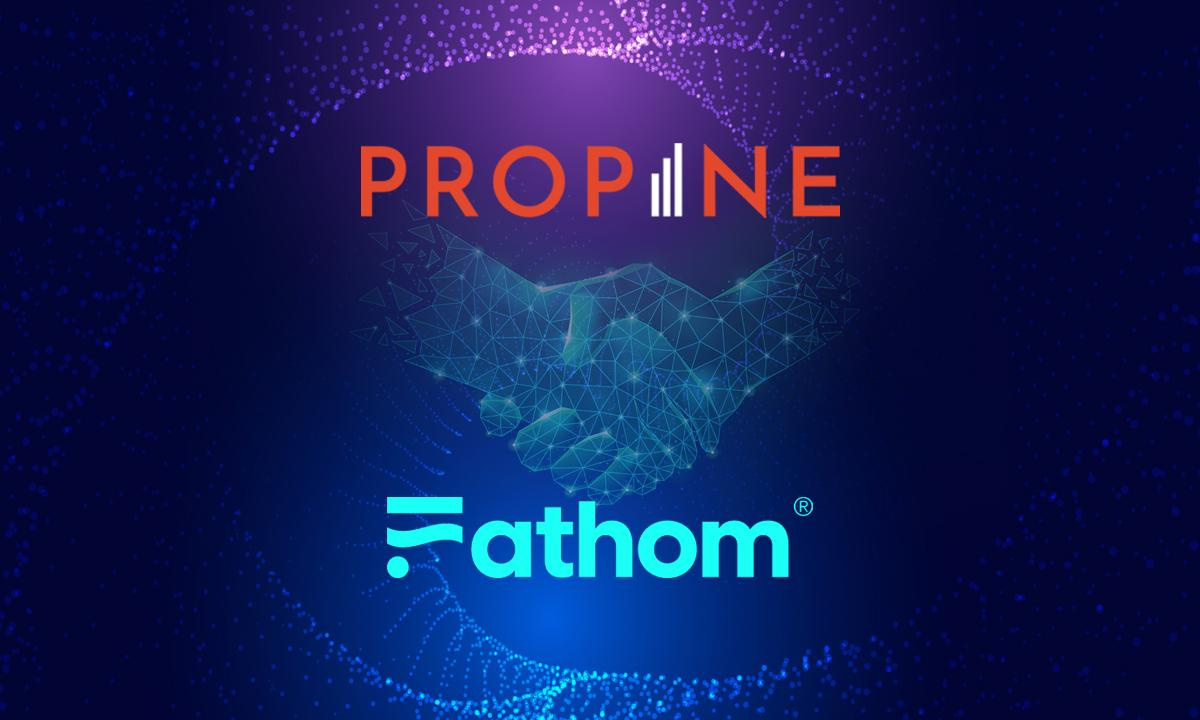Table of Contents
The SQL-driven service will allow for seamless data migration into and out of Space and Time and provide a base for more complex businesses across the DeFi ecosystem.
AI-powered data house Space and Time announces its Python Data for Jobs, to provide seamless data migration for businesses and startups in Web 3. The latest development aims to accelerate the process of getting data into and out of Space and Time seamlessly with the help of its AI SQL, Houston. The beta version is currently live on the Space and Time Studio.
Having launched its Proof of SQL, a tool that allows a smart contract to retrieve and process data with SQL in a cryptographic way, last August, Python Data for Jobs aims to extend its capabilities to Web 3 businesses with long-running Python jobs. This first-of-its-kind innovation will solve the tedious process of developers creating Python scripts to extract, transform and load data to their platforms. The platform leverages Python (used by many data engineers) to extract, transform and load data, without writing any code. Secondly, the platform also connects long-running Python jobs to smart contracts accurately, ensuring no data has been tampered with.
Simply, Python Data for Jobs allows users and developers to seamlessly get data into and out of the Space and Time platform, via its AI-powered SQL service, Houston. The AI SQL service allows users to write a natural language prompt, converts the prompt into an SQL query and returns the result. Houston, currently in beta, can be used to generate simple extract, transform, load (ETL) scripts from Web2 databases or Web3 decentralized storage platforms, prep it, and load it into Space and Time.
Afterwards, Houston creates a script that connects to PostgreSQL (or Snowflake or IPFS, as examples), understands what's in the database, transforms it, creates tables in Space and Time and loads one row at a time out of PostgreSQL and into Space and Time. This replaces the need to code Python scripts, only requiring a simple natural language command to complete.
In addition, Python Data for Jobs can be used to get processed data from Space and Time directly to a smart contract. Space and Time is building out a zero-knowledge (ZK) proof architecture that will ensure the data is tamper-proof. However, the service is currently employing optimistic security (similar to optimistic rollups) to ensure speed and security of data migration across the platform.
When a user runs a Python Data Job in Space and Time, the inputs, outputs, and code itself are all hashed to a major chain. The script is only run once, and if the outcome isn’t as expected, the user can request proof and Space and Time cryptographically proves what was run. Instead of proving it in real-time with redundant computation and consensus, the platform just runs it once and hashes all the metadata to create a tamperproof audit trail to incentivize node operators not to tamper with the execution.
Python Data for Jobs many relevant use cases
Python Data for Jobs is a major development in the world of decentralized finance (DeFi) for businesses aiming to collect huge volumes of data over long periods of time. By simply querying Houston and giving it access to the source database, the AI SQL service can retrieve the information and generate a Python script that gets the data and replicates it on Space and Time. Jobs requiring large volumes of data can be efficiently processed and prepped for aggregating the solutions.
Apart from seamless data migrations, Python Data for Jobs is also important to allow complex off-chain computations, like forecasting future token prices, a feature crucial for Web 3 exchanges and lending platforms. Python Data for Jobs allows DeFi protocols to integrate sophisticated financial models in Dapps’ smart contracts with optimistic security. This allows DeFi protocols to leverage more complex business logic, opening up a wealth of new use cases for blockchain technology.
Disclaimer: This article is provided for informational purposes only. It is not offered or intended to be used as legal, tax, investment, financial, or other advice.
Investment Disclaimer













